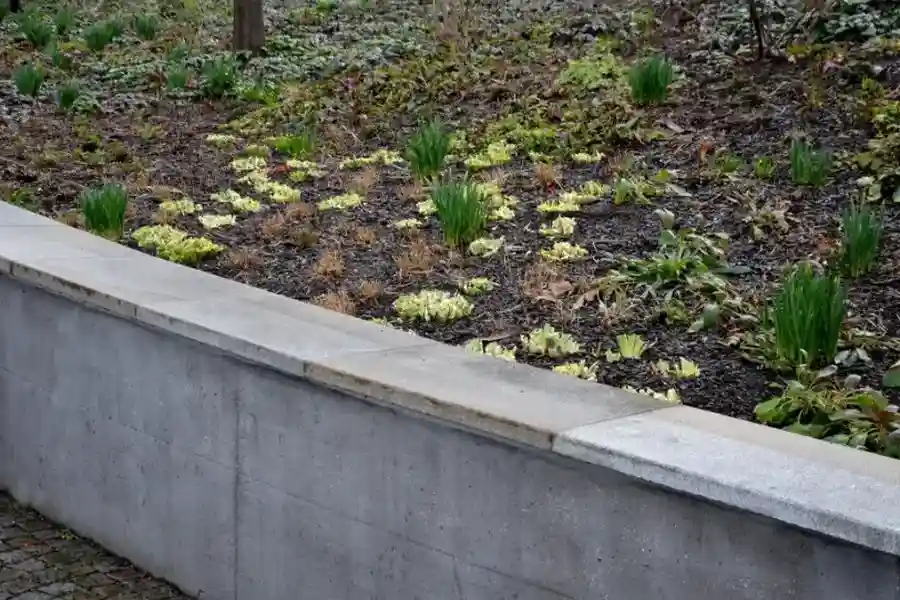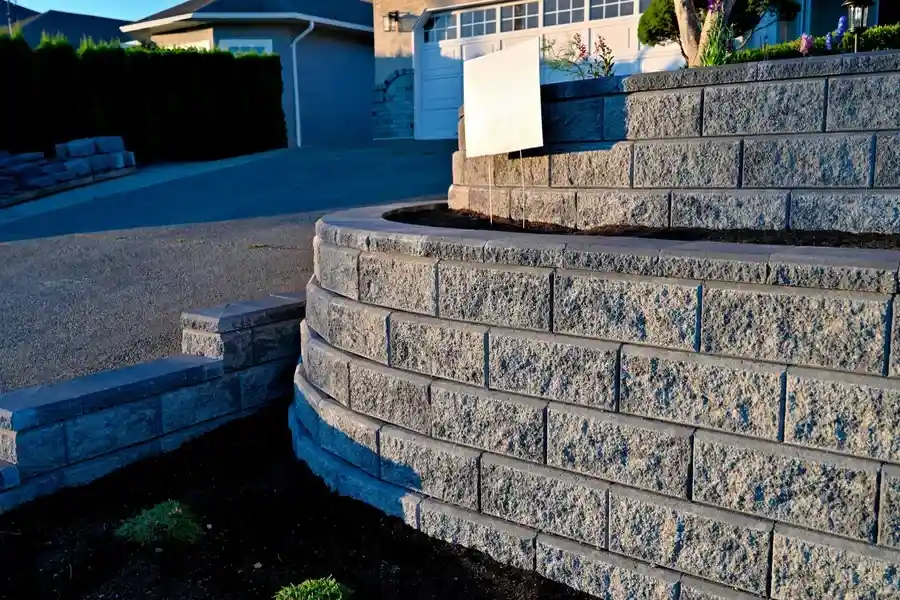Identifying the Early Warning Signs
Retaining walls play a crucial role in managing your landscape’s structure and appearance. However, like any other construction, they require regular attention to maintain their integrity. Ignoring early signs of damage can lead to more significant issues down the line. Recognizing these warning signs is essential for preserving both safety and aesthetics. This guide will help you understand what to look for and why prompt action is beneficial.

Visible Cracks and Bulges
Cracks and bulges are common indicators that your retaining wall might need attention. These imperfections often suggest underlying problems with the wall’s foundation or material. If you notice these signs, it could mean that retaining wall repair is necessary. Without timely intervention, minor cracks can expand, leading to structural instability.
Water Pooling at the Base
Water pooling at the base of your retaining wall is another key indicator of potential issues. This usually suggests poor drainage, which can weaken the wall over time. When water accumulates, it exerts pressure on the wall, potentially causing it to lean or even collapse. Addressing this problem with retaining wall repair can prevent further damage.

Leaning Walls
If your retaining wall begins to lean, it’s a clear sign of structural failure. Leaning often results from soil erosion or inadequate support behind the wall. This problem demands immediate attention because a leaning wall poses significant safety risks. By consulting professionals promptly, you can explore options such as reinforcement or rebuilding to restore stability.
Deterioration of Materials
Over time, materials used in constructing retaining walls can degrade due to weather exposure or age. Look for signs such as crumbling mortar or disintegrating stones. Deteriorated materials not only compromise the wall’s appearance but also its strength. Replacing damaged sections or choosing better-suited materials may be necessary to ensure the wall’s longevity.
Frequent Soil Erosion
Soil erosion around your retaining wall can indicate that it’s no longer functioning as intended. Erosion might lead to gaps between the soil and the wall, which diminishes its effectiveness. To combat this issue, consider solutions like enhancing drainage systems or adjusting the landscaping design to minimize erosion impact.
Effective Maintenance Tips
Regular maintenance can prolong the lifespan of your retaining wall significantly. Here are some proactive measures you can take:
- Inspect the wall regularly for any visible cracks or shifts
- Ensure proper drainage by clearing debris from weep holes
- Maintain vegetation to prevent root damage to the wall
- Address small repairs immediately before they escalate into larger problems
Considering Repair Costs
The cost of repairing a retaining wall can vary based on several factors, including the extent of the damage and the materials required. While upfront costs might seem high, investing in quality repair work ensures long-term savings by preventing more costly replacements. Additionally, professional services guarantee that repairs meet industry standards for safety and durability.
Your Trusted Partner for Repairs
For residents in Thomasville, NC, ensuring your property remains safe and visually appealing is crucial. At LH Masonry Contractor, we specialize in delivering high-quality retaining wall solutions tailored to your needs. Our team is just a call away at (336) 762-3193 to provide expert advice and services that enhance your landscape’s resilience and beauty.